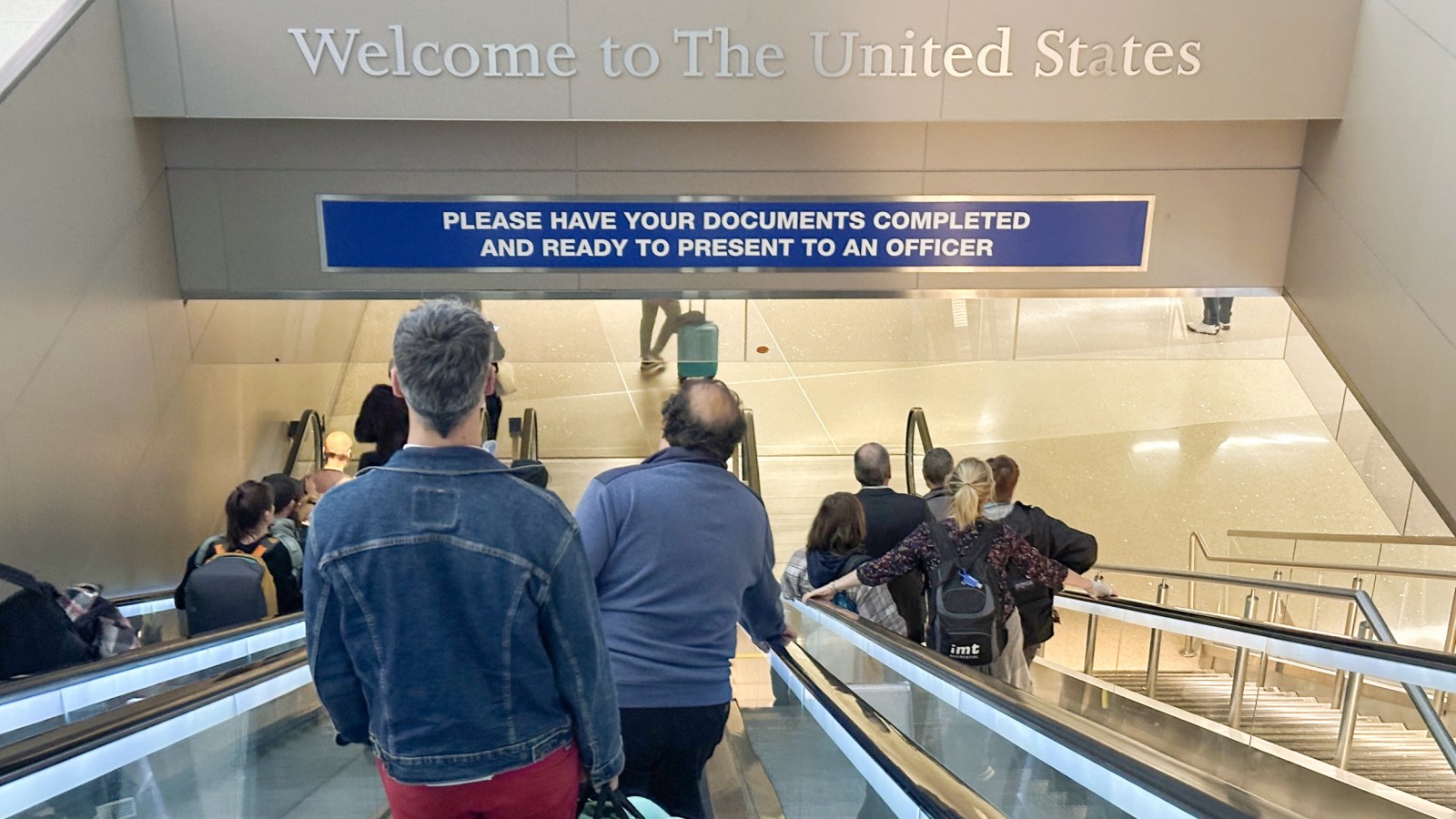By Dan Gooding
Copyright newsweek

The United States border patrol failed multiple times to catch fraudulent ID documents carried by immigrants, and when they did, sometimes still allowed them entry into the country.Those were the findings of a Department of Homeland Security (DHS) Office of the Inspector General (OIG) report released Wednesday, following an audit of Customs and Border Protection (CBP).”Although CBP has means to identify fraudulent documents, it does not always prevent the entry of aliens carrying such documents,” the report read, citing failures in training and technology.Newsweek reached out to CBP for comment via email Wednesday morning.Why It MattersCBP came under strain in recent years as the number of immigrants arriving at the southwest border in particular surged. The agency was said to be understaffed and lacking in new technology to cope, which the report appeared to affirm—calling for new technology and training to help prevent national security issues.What To KnowInspectors reviewed a sample of 60 immigration files, finding that 28 (47 percent) were missing available information on the use of fraudulent documents. Another sample of 60 instances where immigrants were suspected of having fraudulent documents found that 47 were allowed to enter the U.S.The OIG said that its findings raised serious concerns about CBP’s reporting and vetting, calling them “potential risks and vulnerabilities.””For example, CBP may not be communicating information necessary to adjudicate immigration cases and identify fraud trends,” the report read. “More importantly, CBP may not be identifying and preventing all individuals who could pose a threat to national security from entering and remaining in the United States.”While CBP agents have a variety of tools at their disposal, including facial comparison technology, fingerprint scanners, and black lights to determine whether IDs are fake or not, the OIG found that not all of this was available to all agents at all ports of entry, in particular vehicle crossings.Inspectors also flagged concerns with agents allowing those with suspected fake or fraudulent documents into the U.S. during fiscal year 2024, when President Joe Biden was still in office. While a proportion of those flagged were then detained or sent for further processing, not all were.The OIG did note that the policy had since changed, with President Donald Trump implementing an executive order on his return to the White House which effectively ended CBP releasing flagged immigrants into the U.S.Another issue was reporting, with agents not always reporting documentation issues to other authorities, such as the U.S. Citizenship and Immigration Service (USCIS) or Immigration and Customs Enforcement (ICE), or seizing the documents. The information would be useful in determining whether an immigrant can stay or face deportation.Inspectors said CBP needed to implement changes, including clear training practices for agents, accurate recording of fake documents, and better communication with other immigration agencies.What People Are SayingKenneth Gray, professor of practice at the University of New Haven and retired FBI Special Agent, told Newsweek: “Technology is always changing, it requires training to use that technology as it changes. CBP and Office of Field Operations were being pushed to the limit with the number of people coming in, and so training may not have always been up to date, people may not have always been going through the reviews they are supposed to go through, so as to be refreshed with the problems with certain types of documents. So this adds to the problem.”Border Czar Tom Homan, in a recent X post: “We have the most secure border in the history of this nation and the data proves it. President Trump has been a game changer and his leadership makes the country safer every day. With strong border security you have stronger national security.”What’s NextCBP has implemented some of the recommendations already and the agency has received extra funding under the Trump administration, which will bolster agent numbers and technology being used along the border.



